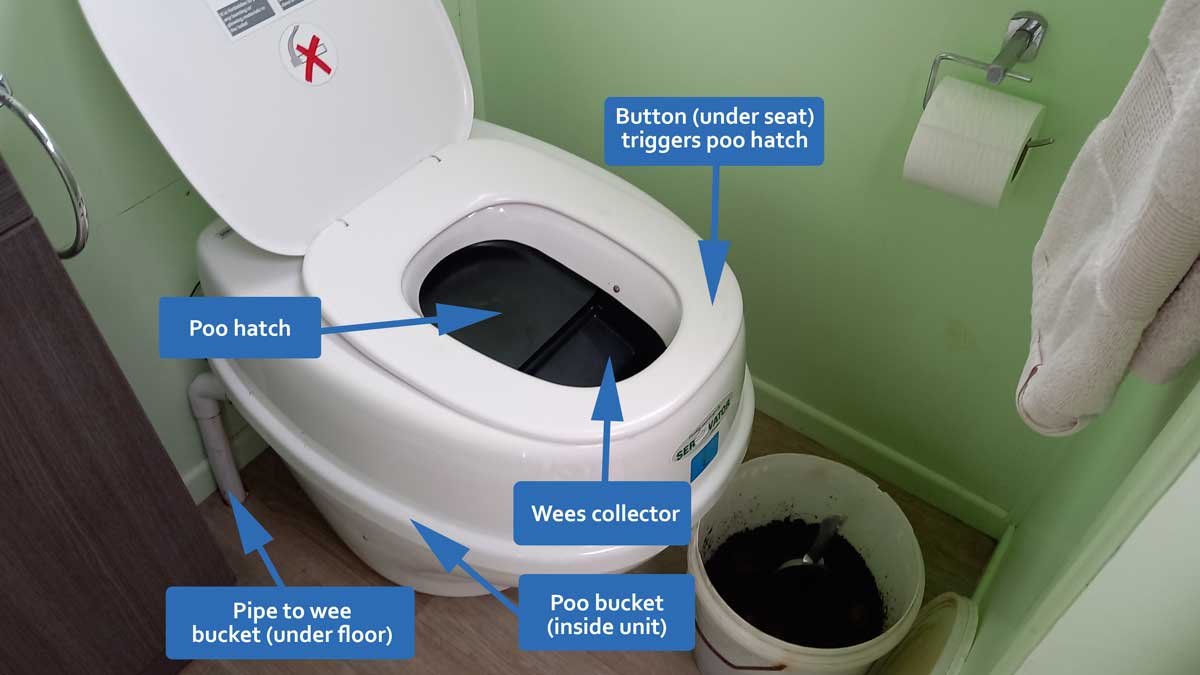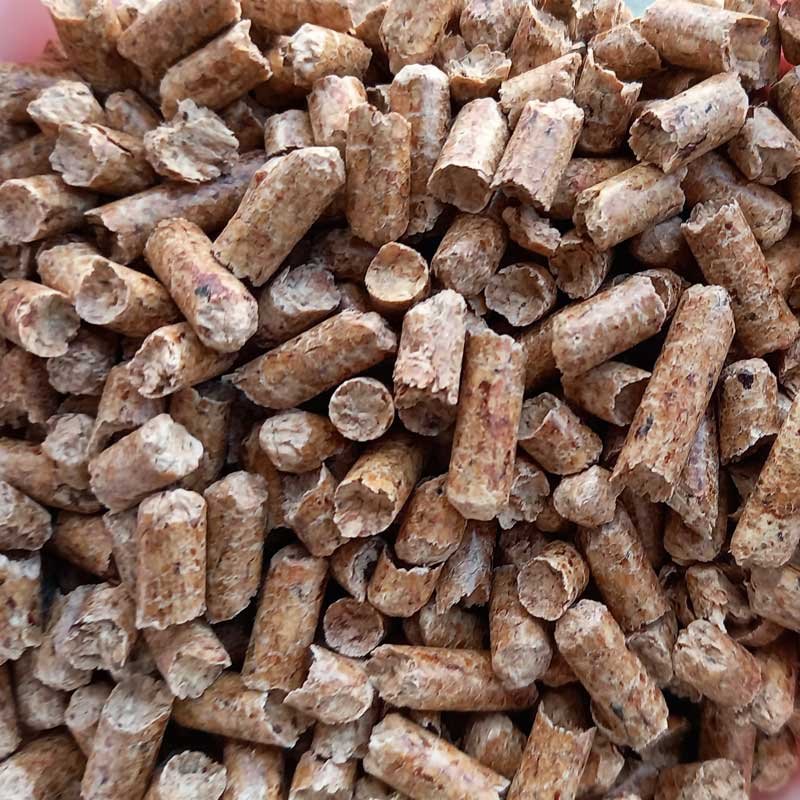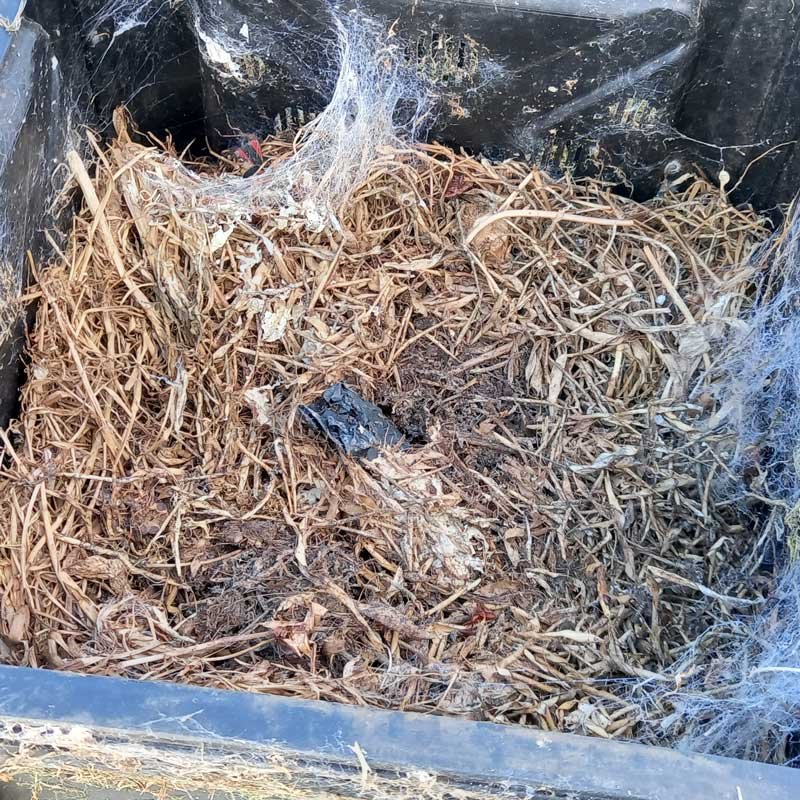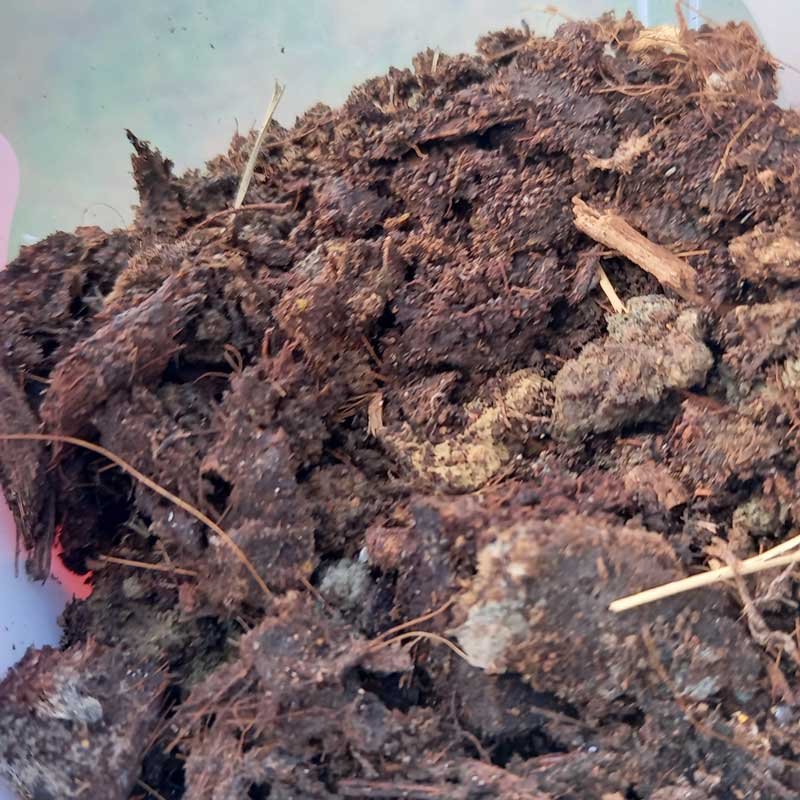When I bought this place, one thing I was pretty anxious about was the composting toilet. I know it sometimes makes my visitors a bit anxious as well. It looks different to most toilets. It’s higher. And it doesn’t flush your business away.
At this point, it’s such a part of our regular life that we barely think about it. It’s got to the point where both Richard and I prefer our composting toilet to a flushing one. But it struck me recently that I’ve never talked about it here.
So I entirely understand if you don’t want to read about how we process our own sewerage. But I asked Instagram if it was something people were interested in, and the answer was ‘yes’. So today I’m writing about it.
Before we moved, I purchased a Kindle copy of The Humanure Handbook by Joseph C. Jenkins (no relation). I read that sucker from front to back in a couple of days. By the time I got to the end, I knew how this thing worked, and how to use it. That was an important step, because it’s not as simple as ‘flush and forget’ to operate a composting toilet safely and appropriately.
Doing the business
Basically, we poo and wee into buckets. We have a special toilet that separates them, and their contents are emptied every couple of weeks.

When you sit on the toilet, you may be surprised to hear a ‘thunk’, and feel a tickle on your bum. The ‘thunk’ is the sound of the swinging trap door opening. It’s triggered by your weight on a button under the seat.
The tickle on your bottom is just a bit of air from the fan behind the unit. It’s there to keep air circulating and stop any unpleasant odors from building up. It’s slightly unnerving at first, but you get used to it.
Under your bum is a bucket where the deuces are dropped. A separate collector at the front of the unit is there to direct your wees into a second bucket, located underneath the bathroom.
Importance of carbon
Carbon is super important to the composting process. Our poo (and wee) is mostly nitrogen, so you need to add a lot of carbon to the ‘mix’ to get this right. The good news is that toilet paper counts as carbon, so that’s a good start. But beyond that, there are three other places carbon is added.
Whenever I swap out the poo bucket, I start us off with a layer of organic pine pellets. I learned from The Humanure Handbook that a base layer of carbon was essential. We’ve played with different types of carbon here. We’ve used old cardboard boxes, homemade hay, and even just plain dirt. But pine pellets have proved to be the superior option. They’re are easily sourced from Mitre 10 for $9.98 a bag and are a sustainable and organic byproduct of the New Zealand pine industry. They absorb moisture, so they help keep the poo bucket dry (preventing odor). They’re a LOT of help when it comes to cleaning the bucket as the bottom is always clear. We use around 2 bags of pellets per year.

Pine pellets – added to the base of the poo bucket when it’s changed.

Coco coir – added after you make your contribution.
The next place we add carbon is by covering our poo with a scoop of coco coir after we go. It’s like an alternative to flushing. Covering helps to keep any odors at bay, and prevents anyone accidentally getting a glimpse of your poop. At this time of the year, it also helps protect against flies. We use Canna coco cubes, which we get from a local hydroponics store. It works out at about 3 x $30 bricks of coco coir per year for the two of us.
Finally, every time a bucket is loaded into the compost bin, it gets covered with a couple of inches of paper and cardboard. All our household paper waste is directed here. I soak boxes, tissues, cardboard rolls, paper towels, and other random paper stuff in a wheelbarrow, then spread it out on top of the waste from the bucket.
The composting
We have a specific composting system for this purpose. There are specific buckets, specific scrubbing brushes, and specific gloves. The buckets are rinsed after emptying and that water goes back into the compost. This whole system is separate from everything else. It is not compost for the garden, and I am cautious to ensure we do our best to process our waste properly and thoroughly.
I’ve seen some clever systems that use wheelie bins, but our toilet style was decided before we arrived. We worked to fit in with it by buying a series of 240l compost bins. By now I’ve learned that we need between 3 and 4 bins to make this system work sustainably.
It takes about 6 months for the two of us to fill a bin right to the top. When the bin is full, we get out a paint pen and indicate when it’ll be ready to open on the lid.
The Humanure Handbook recommended 12 months as enough time to kill any pathogens and leave us with about 120l of finished humanure. In late March 2020 as we were entering lockdown, I closed the lid on our first bin. Now, a year later, it’s ready to use.
The finished product
While the bin was full when I closed it a year ago, it has shrunk by about half. Before I closed it up, I topped it off with a layer of dried bean pods. They remain relatively untouched on the top of the pile.

Inside the bin: bean pods and a lot of cobwebs.

Finished humanure.
But digging down past that, I found a rather dry, but great looking compost product. There’s no unpleasant smell. It doesn’t look like poo – it looks like rich compost.
Now, we have to empty it. The Humanure Handbook claims it is perfectly safe for fruit trees, but in the end, we are not that brave. We’ve decided to put it around some natives. In particular, the Ake ake hedgeline we planted last winter, which I’d like to see growing a little faster.
We can do it anytime within the next 6 months if we purchase a fourth bin. We’re about to close the lid on our third bin. I’m tempted to wait until spring to ensure the nutrients are absorbed by the trees in their high-growth period. Seems better than letting it leach away with the winter rains.
Some thoughts on handling your own poo
I am not a parent, and thus have never been forced to be OK with human excrement until now. But it’s not that bad. The sheer amount of carbon materials we add to it means it doesn’t attract flies or smell bad.
The wee bucket is a worse experience than the poo bucket. We pour that in on top of the compost as well. Or rather, Richard does. The deal is I do the poo, he does the wees.
The toilet itself needs maintenance and regular cleaning. Urine especially contains a lot of salts that can build up and block pipes. But a lot of it can be achieved using a hose with a good spray nozzle. And we invested in good gloves early on.
Ultimately, it saves us an incredible amount of water. We can compost our dog’s poo in the same system. And unlike flushing toilets, it doesn’t stink if someone’s punished the porcelain ahead of you. Unpleasant bathroom odors are actually a thing of the past – believe it or not.
I actually like my composting toilet – a whole lot. The extra work isn’t that bad, and recycling our own waste back into the soil appropriately feels good. Better than flushing it out to sea, at least.


